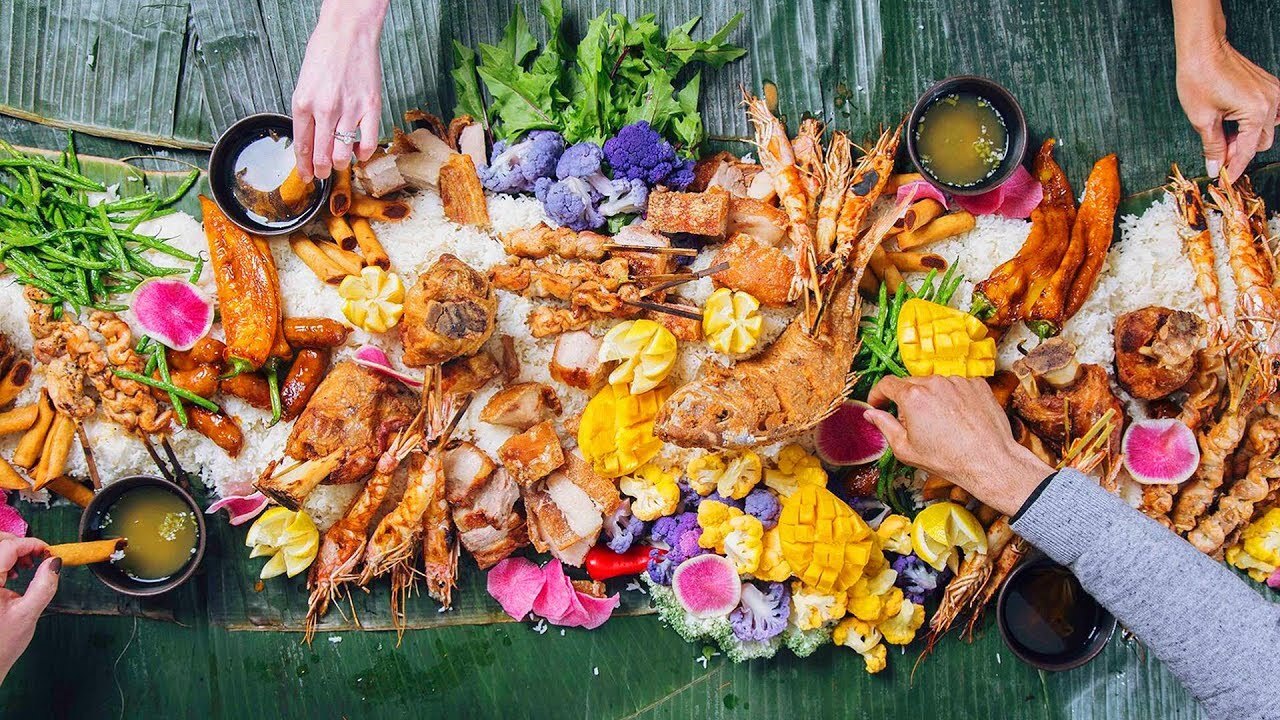

April is National Filipino Food Month
April is National Filipino Food Month In Recognition of Filipino Culinary Heritage
When you think of April, you may picture in your head much needed rain showers, Earth Day, or perhaps the beginning of Spring. But this special month also marks a recognition of one of the world's much beloved and ever growing cuisines. April is annually recognized as Filipino Food Month. The purpose is to highlight and preserve the beauty of a special southeastern Asian cuisine and to share appreciation to those who are involved in procuring ingredients and recipes.
Filipino Food Month was established relatively recently, in 2018, according to Presidential Proclamation No. 469. The Philippine Culinary Heritage Movement (P.C.H.M.) lobbied the Department of Agriculture and National Commission of Culture and Art (N.C.C.A) for years requesting April be proclaimed “Buwan ng Kalutong Pilipino” or Filipino Food Month in English. In the face of food globalization, the PCHM efforts are to preserve the culinary heritage of Filipinos rich culture and cuisine. Filipino see food as much more than sustenance, but as an opportunity to come together and share in a loving meal with family and friends. Every dish in Filipino culture tells a story and is commonly passed along from generation to generation, carrying a piece of history along with it.

Filipino cuisine is steadily growing around the world. This unique cuisine is a rich tapestry of international influence, traditions, and preservation of heritage. It began all the way back in 3400 BC when Austronesian people brought with them basic cooking techniques and rice cultivation to the Philippines archipelago. Nearby Asian countries, like China, added ingredients like noodles and savory soy sauce to the Filipino palette during the 2nd century, a legacy that continues to this day. Fast forward to the 16th century, and Spaniard traders brought the concept of stews to the Filipino cuisine, along with new spices that added spicy and tangy flavor profiles to beloved dishes.
During the war in the mid 20th century, the U.S. army’s presence is credited with introducing a concept called boodle fight (or “kamayan”). This is a method of eating where the food is spread out on a large table on banana leaves and everyone sits shoulder to shoulder and eats with their hands. This unique dining experience brings Filipinos together to promote connectedness and a sensory appreciation for the food within the community. This method remains prevalent within the Philippines even with the introduction of utensils from the west around the same time. While some older Filipinos view kamayan as a reminder of the violence of American militarization, many younger Filipinos see it as a celebration and remembrance of their country’s history. The true magic and uniqueness of Filipino meals are the endless interpretations of meals that are passed down from generation to generation within families.

The celebratory month has sparked interest among members of the food industry (Including Fila Manila!), scholars, and food enthusiasts. Many restaurants highlight Filipino dishes during the month and the history of the meals are taught. Cooking demonstrations, contests, and seminars also transpire like KainCon which is held in the Philippines.
But the month isn’t only in recognition of the food, but also the providers and contributors to food security. The farmers, fisherman, and food producers are thanked for their contributions to culinary heritage preservation. Fila Manila is excited to be a part of Filipino Food Month, and the ongoing success and growth of this delicious cuisine.
Join Fila Manila as we raise a fork (or spoon!) to the delicious world of Filipino food!







